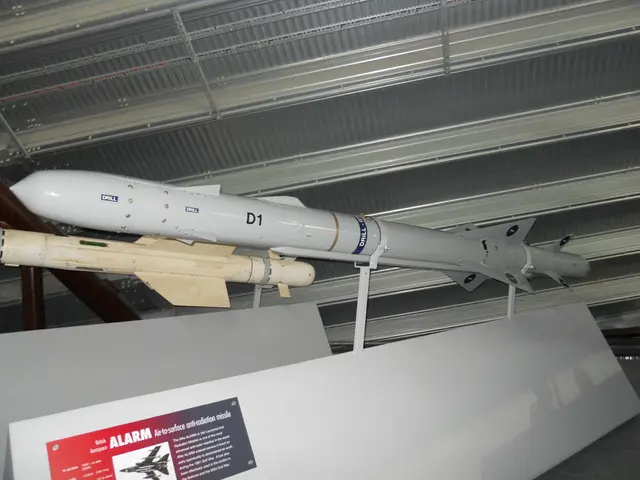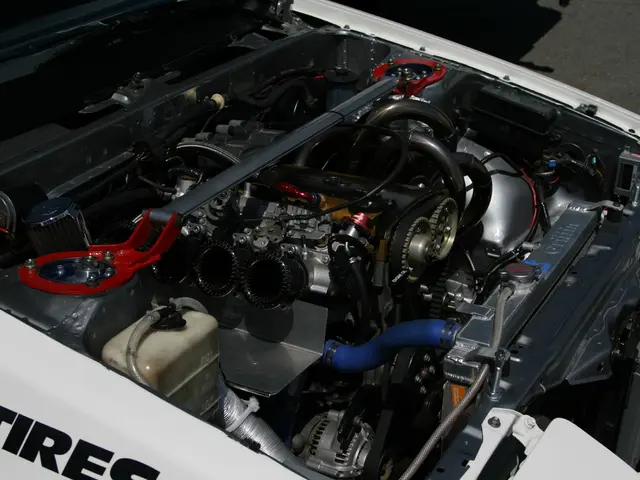World Trade Organization (WTO) predicts a 40% increase in global trade value due to AI
In recent years, the trade of artificial intelligence (AI)-related goods has become a subject of growing interest and concern for several major economies. According to a report by the World Trade Organization (WTO), the United States, China, and European Union member states have imposed the most restrictions on such trade. The US and EU, in particular, are actively working to secure supply chains and reduce dependency on critical technologies from China.
The WTO, recognizing AI's potential to boost trade, has identified it as a promising factor. However, questions have been raised about whether AI will lift opportunities for all or deepen existing inequalities and exclusion. Ngozi Okonjo-Iweala, the WTO's Chief, has stated that AI could lower trade costs and reshape the production of goods and services, but also expressed concern about the potential for a lack of proper policies to see lower-income countries missing out on the opportunities AI presents.
The report does not provide a detailed explanation of how AI could reshape the production of goods and services, but it does suggest that countries could match the gains in higher-income countries if they narrow the digital infrastructure gap by 50 percent and adopt AI more widely. The report also indicates that WTO simulations suggest AI could increase exports of goods and services by nearly 40 percent above current trends.
The increase in restrictions on AI-related trade goods has significantly increased since 2012. In 2021, nearly 500 restrictions were in place, compared to 130 restrictions in 2012. The increase in restrictions was primarily observed in higher- and medium-income economies. The WTO found that countries are applying more restrictions on the trade of AI-related goods, with the majority of these restrictions being imposed by higher- and medium-income economies.
Okonjo-Iweala believes that with the right mix of trade, investment, and complementary policies, AI can create new growth opportunities in all economies. However, the report does not provide details on the specific policies that could help lower-income countries capitalize on AI opportunities. If lower-income economies fail to bridge the digital divide, they would see only an eight percent gain in incomes by 2040, far below the 14 percent gain in higher-income economies.
The WTO annual World Trade Report has identified the US imposing high tariffs on its trading partners as a factor upending the global trading system. The report does not specify which countries are considered lower-income or higher-income economies, but it is clear that the future of AI-related trade will have significant implications for the global economy.
In conclusion, while AI presents numerous opportunities for economic growth, it also poses challenges, particularly for lower-income countries that may struggle to keep pace with the digital revolution. It is crucial for policymakers to carefully consider the implications of AI on trade and to develop strategies that ensure all economies can benefit from this transformative technology.
Read also:
- Rachel Reeves conducts a discussion with Scott Bessent and financial executives, focusing on investment matters
- Week 39/24 Highlights: Tesla CEO's visit, Robo-taxi buzz, Full Self-Driving study, Affordable electric cars, and European pricing less than €30,000
- Solar energy company, Imperium, alongside QORAY Mobility & Energies Solar Business, bolsters Nigeria's environmental future by producing superior solar panels domestically and offering flexible payment options.
- AI Inspection Company, Zeitview, Secures $60 Million Funding for Expansion








